Affiliate links on Android Authority may earn us a commission. Learn more.
Where the consumer technology world is headed in 2016

After getting back home from CES 2016, I had a few days to think about what I had just witnessed. Attending one of the largest technology trade shows in the world was a first for me, and it was quite interesting, to say the least. The entire Las Vegas Convention Center was packed full of different vendors and plenty of companies with which I was unfamiliar. I recognized many of them, but it was clear to me from beginning that this trade show featured far more than smartphone-controlled toys and “revolutionary” Bluetooth speakers.
There was an underlying theme that very clearly showed off what the future of consumer technology will look like in 5, 10 and even 50 years from now. The theme that I’m talking about is being connected, or the general idea that everything with which we interact on a daily basis will be able to communicate in order to make our lives easier. We still have a way to go before “dumb” devices are a thing of the past, but we’re getting there. Here are just a few things that consumers can expect to see in the technology world in 2016.
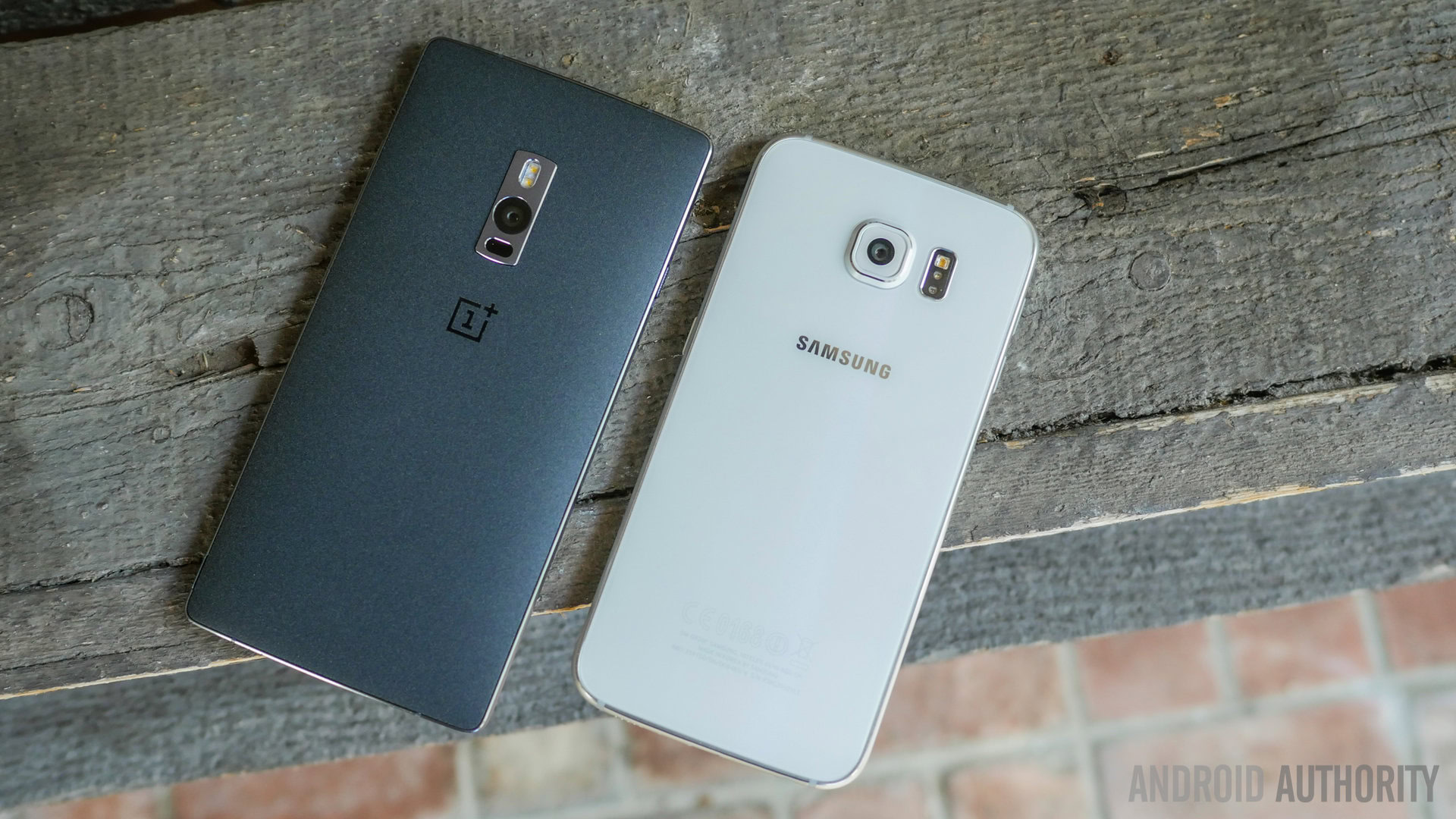
Slight advancements in the connected home
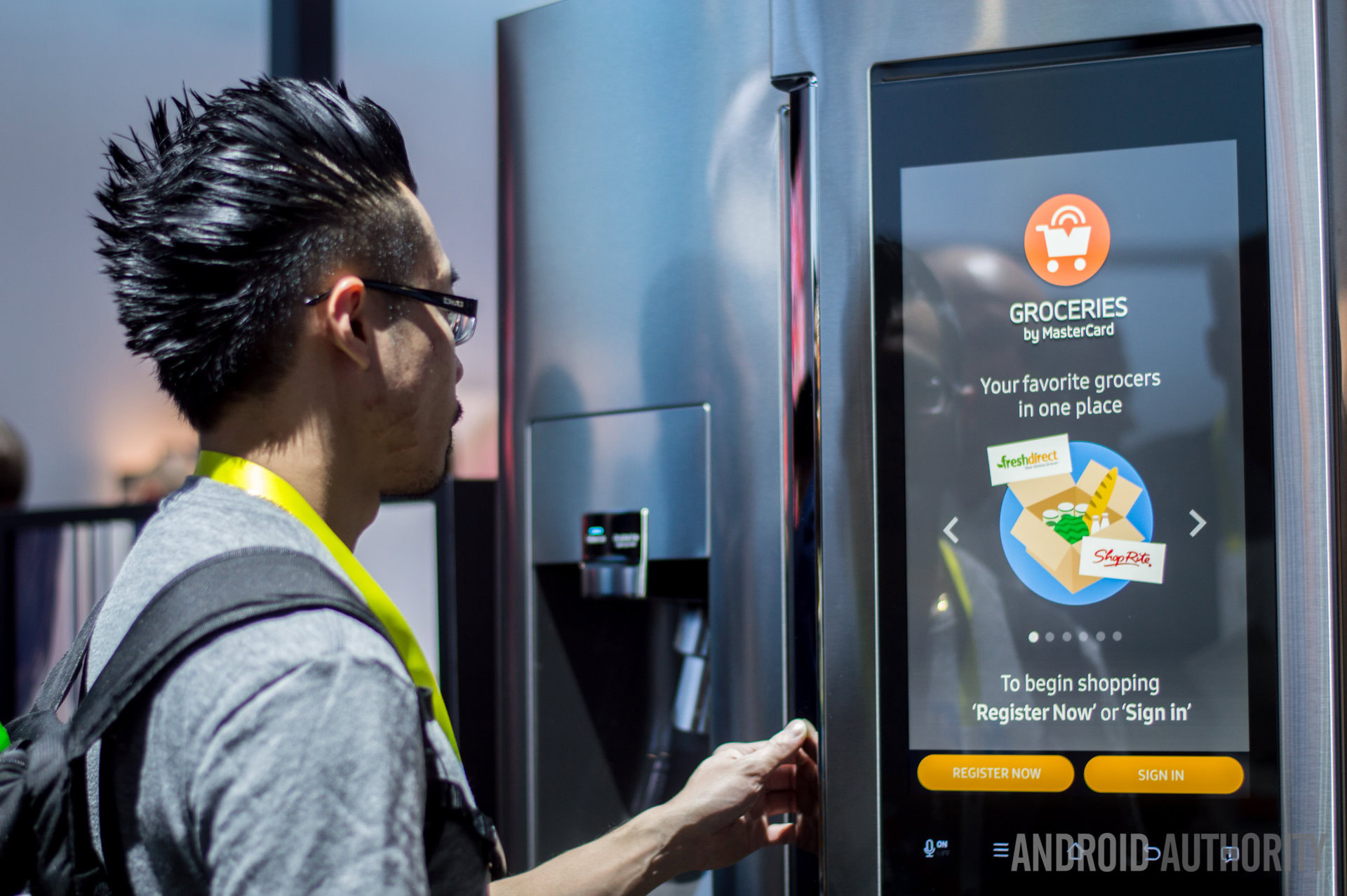
The “Internet of Things” is a buzzword that’s been growing in popularity, and for good reason. Just about every technology company out there, whether we’re talking about smartphone OEMs or accessory makers, have launched at least one connected product over the past two years or so. According to Gartner, there will be upwards of 6.4 billion connected “things” in use worldwide in 2016, up 30 percent from 2015. The research company also says the number of IoT devices will reach 20.8 billion by 2020.
Unless Gartner is incredibly off with their predictions, it’s looking like the IoT craze shows no sign of stopping.
Pretty much every household item you can think of has some type of connected variant out in the wild. But that’s not really a good thing. With the addition of one really cool and useful connected product added to the IoT world, there are 5 more that are completely pointless. From the GreenIQ Smart Garden Hub that takes the “hassle” out of watering plants, or the $100 Vessyl smart cup that monitors how much water you drink (seriously). Every time the IoT “revolution” looks like it’s going to start changing, it just stays the same, and that probably won’t change in 2016. It might in 2017 and 2018, but not this year.
2016 won't give us as many connected devices as we're used to, but that doesn't mean companies are giving up on the connected home
2016 won’t give us as many connected devices as we’re used to, but that doesn’t mean companies are giving up on the connected home. Now that we have proper standards like Google’s Weave and Project Brillo, as well as Apple HomeKit, device makers will start producing products that adhere to these standards rather than adhering to their own. This means that there will be less fragmentation from here on out, and that is a very good thing for the connected home as a whole, and a not-so-good thing for early adopters. Connected devices that will be launching next year will begin to work well and talk to one another, which is where the smart home idea starts to take shape. But that also means that many of the products that launched in 2014 and 2015 won’t be compatible with Weave, HomeKit, or even standards that are being put in place by Samsung, LG, Nest and Amazon.
The Internet of Things will always be fragmented, and there’s no way around that. Things will start taking more shape over this next year, sure, but we still won’t see as much progress in this space in 2016 as many of us have hoped.
VR making it mainstream
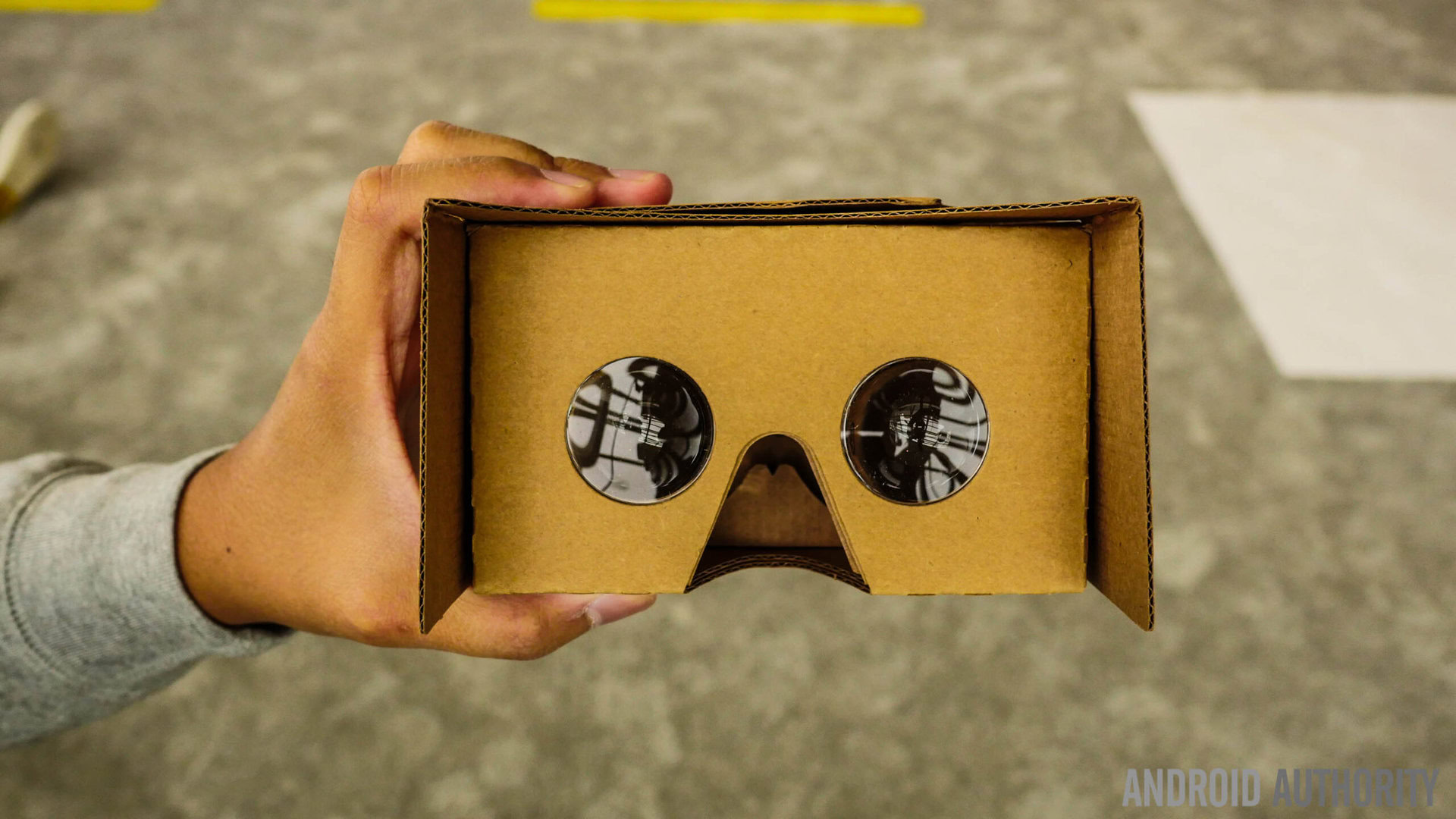
2016 is going to be an iconic year for virtual reality. This is the year Oculus, who have been working on a consumer version of their Rift headset for going on four full years now, will finally come to market. After a seemingly endless amount of delays, the Rift will ship out to early adopters in March for $599, which surprisingly isn’t as much as many folks were expecting the first-gen headset to cost. Years ago the Rift was considered to be the quintessential virtual reality experience. But it’s been a long time coming, and other VR platforms have already surpassed the Rift in making their way to consumers.
That brings us to the other high-end VR platform, the HTCVive. Now known as the Vive Pre, HTC’s foray into the VR world marks an iconic one for the well-known electronics maker. It gives the company not only a way to make up for its failing smartphone business, it also puts them in a scenario that’s quite reminiscent of a time when smartphones were just becoming popular. HTCwas on the forefront of smartphone design and Android software innovation, and that’s similar to what it plans to do with virtual reality. HTCmay not have been building its VR platform for as long as Oculus have, but the company will be one of the first to market, and that’s important.
When it comes to higher-end VR platforms like the Oculus Rift or HTCVive, we’re going to see lots of baby steps in the year to come. Oculus and HTCalready have hundreds of content creators making great games and apps for their platforms, though not everything will be a smash hit right out of the gate. Like all emerging trends in tech, 2016 will be a year in which we find out what works and what doesn’t.
On the opposite side of the high-end spectrum, there are a few affordable options that have already made their way to consumers. Samsung’s Gear VR, which was made in partnership with Oculus, is a consumer-friendly VR headset that’s powered by a user’s Samsung smartphone. The headset itself only costs about $100, and works with any of Samsung’s latest flagship Android phones. The Gear VR is somewhat of an entry level product, bridging the gap between the Oculus Rift and Google Cardboard. It’s not cheap, but not nearly as expensive as the higher end options launching this year. No, the Gear VR isn’t launching for the first time in 2016, but I think we will see a large influx in sales in the coming year. Virtual reality is popular right now, and the Gear VR is hitting all the right notes to fly off store shelves.
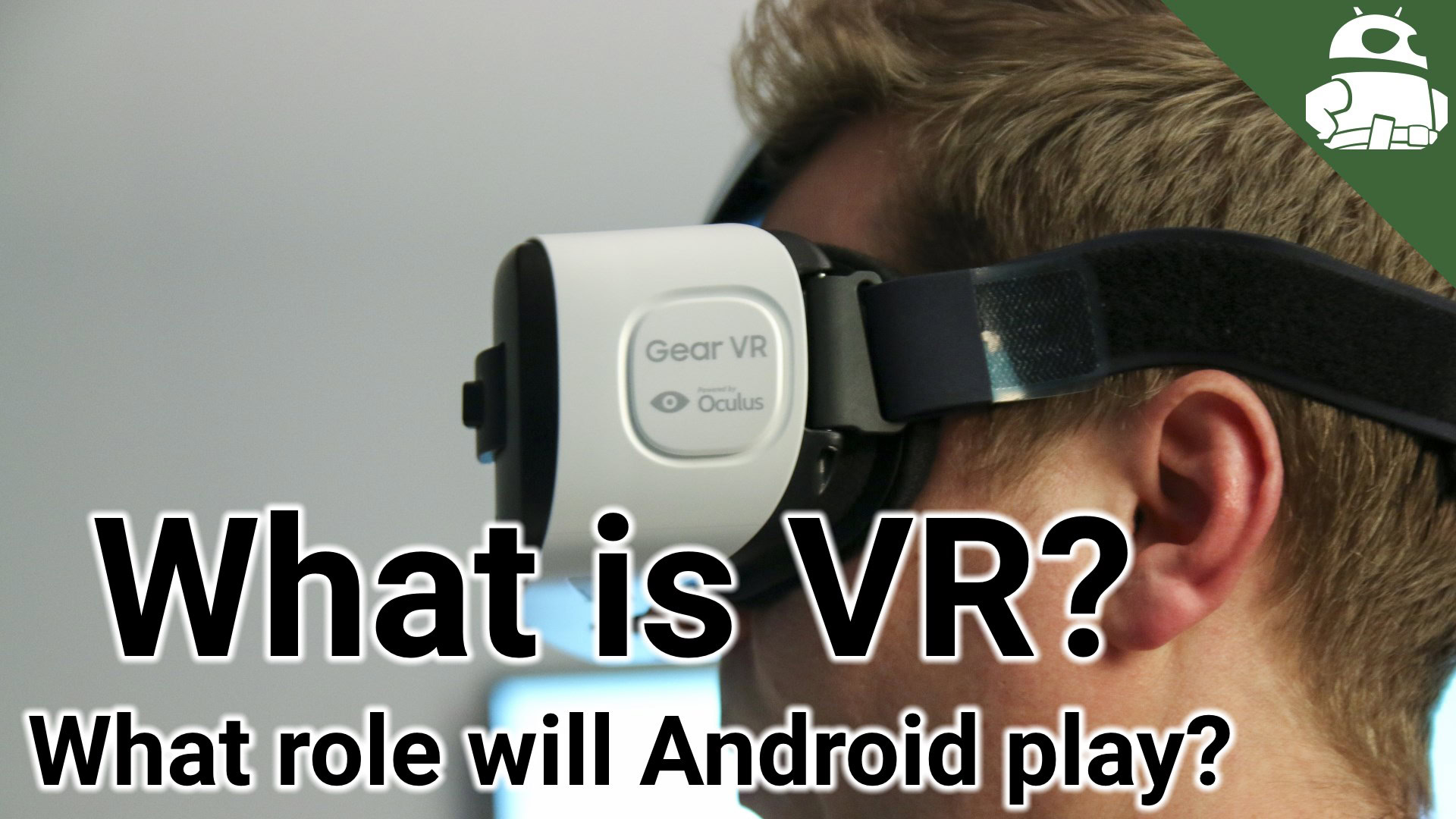
[related_videos align=”left” type=”custom” videos=”644697,644629,644610,666155,613270,592175″]But why is VR so popular nowadays? Sure, the Rift and Vive are really cool products, but they didn’t start the widespread craze. That’s mostly thanks to Google Cardboard. First released in 2014 as somewhat of a joke product at Google I/O, this affordable headset has been growing in popularity ever since its inception. It’s super affordable, easy to use, and lightweight. Cardboard headsets aren’t the most durable things ever, but there’s something to be said for being able to make your own VR headset out of a pizza box.
Google isn’t just pushing to bring Cardboard to everyday consumers, either. Since 2014, Google has launched two new programs that will help the widespread of VR – “Expeditions” and “Jump.” Expeditions is a way for students and teachers alike to take field trips to basically anywhere in the world, without ever having to leave the classroom. Google will actually send out phones, Cardboard headsets and a tablet for the teacher, allowing the class to take a virtual field trip, all at the same time. Google also unveiled Jump a few months ago, which allows anyone interested to create 360-degree video capture rigs. Videos captured with these (albeit expensive) rigs will be converted into immersive 3D content that everyone can experience on the web.
2015 was a pretty big year for VR, and 2016 will be even bigger. Oculus, Samsung, HTCand Google are all doing their best to go mainstream with VR, and that’s very apparent by the progress they’ve all been making thus far. Aside from the already announced devices, there’s no telling what else we’ll see out of VR this year. But it’s an area in which some of the biggest names in technology are focusing their efforts, so we should probably expect to see some big improvements in this space in 2016.
Wearables no longer being considered “niche” products
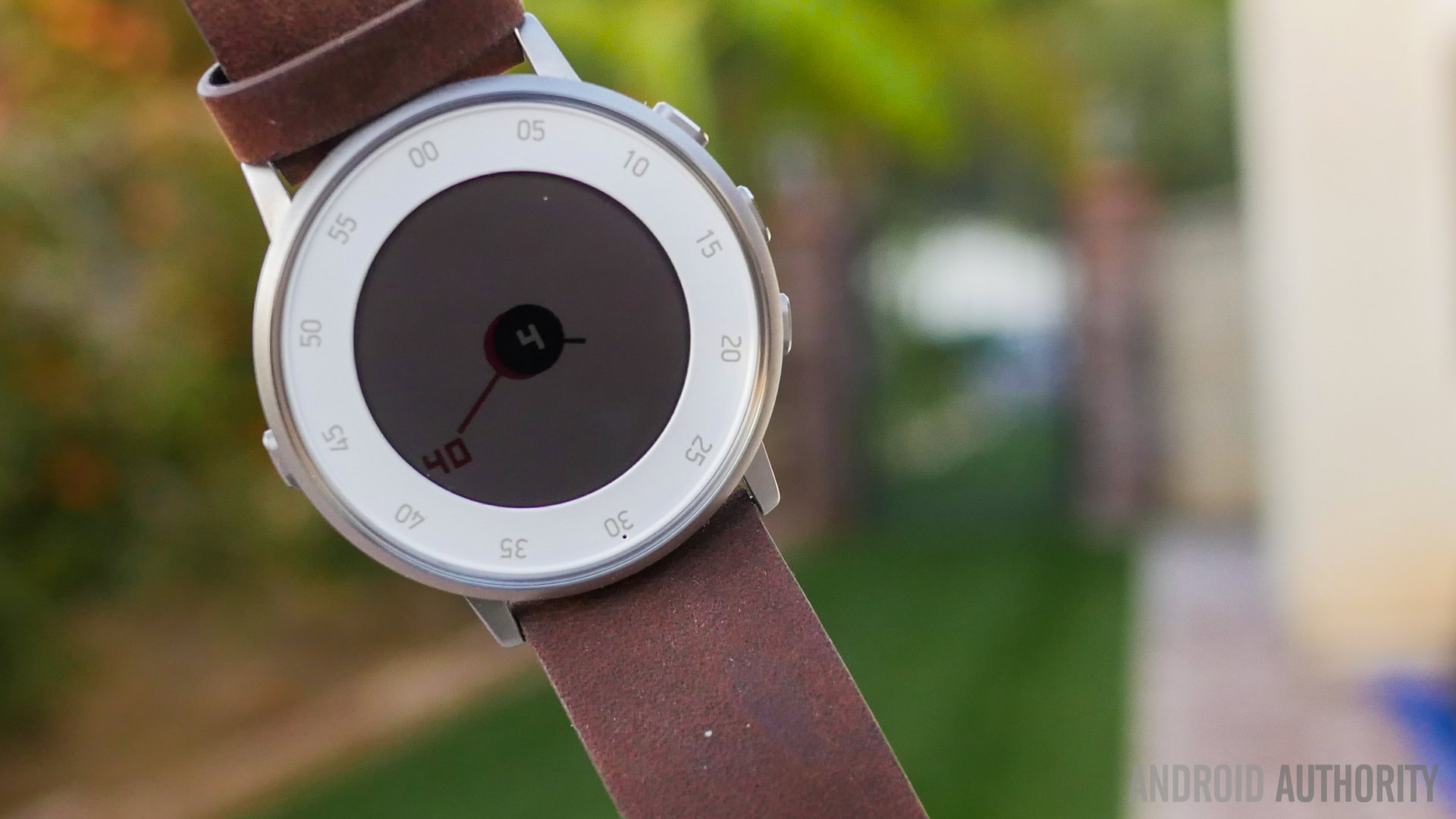
Connected wearables have been around for years now, but they didn’t start getting good until just last year. Some of the first smartwatches on the scene – Pebble, Sony Smartwatch, Martian Passport – were good first steps, don’t get me wrong, but they couldn’t really do much other than feed you notifications and tell the time. Oh, and they weren’t very attractive, either.
[related_videos align=”right” type=”custom” videos=”648417,648705,644990,657671,621782,650695″]Then Android Wear came onto the scene, and a lot changed. Google’s new wearable platform proved that connected wristwatches could not only provide notifications, driving directions and restaurant recommendations, they could also look good while doing it. The first wave of Wear devices weren’t the most stylish things, and it took a little while for them to stop looking so much like computers on our wrists, and start looking more like fashion accessories. And after a brief lull in the first part of 2015, the second wave of Wear devices arrived. The HUAWEI Watch and Moto 360 (2nd Gen.) were great all-around devices, with impressive battery life, higher-resolution displays and better designs than the first-gen watches. But they were built by smartphone manufacturers.

2015 also ushered in a new wave of smartwatches built by actual watchmakers, such as the TAG Heuer Connected and Fossil Q Founder. I have no doubt that more and more high-end watchmakers will try their hands at smartwatches in 2016, and that’s exciting. TAG Heuer and Fossil proved that they can make high-end smartwatches, so it’ll be interesting to see which other companies try to flex their smartwatch-making skills. We know we’ll see at least one smartwatch from Casio in 2016, but other than that, watchmakers have been remaining pretty quiet.
In 2016, the third wave of Wear devices will arrive. There will be more options and less sacrifice, which means more consumers will get on-board with the wearable trend. As far a specifics are concerned, we can likely expect new wearables from LG and Motorola, and possibly even HUAWEI and HTC.
The expansion of mobile payments
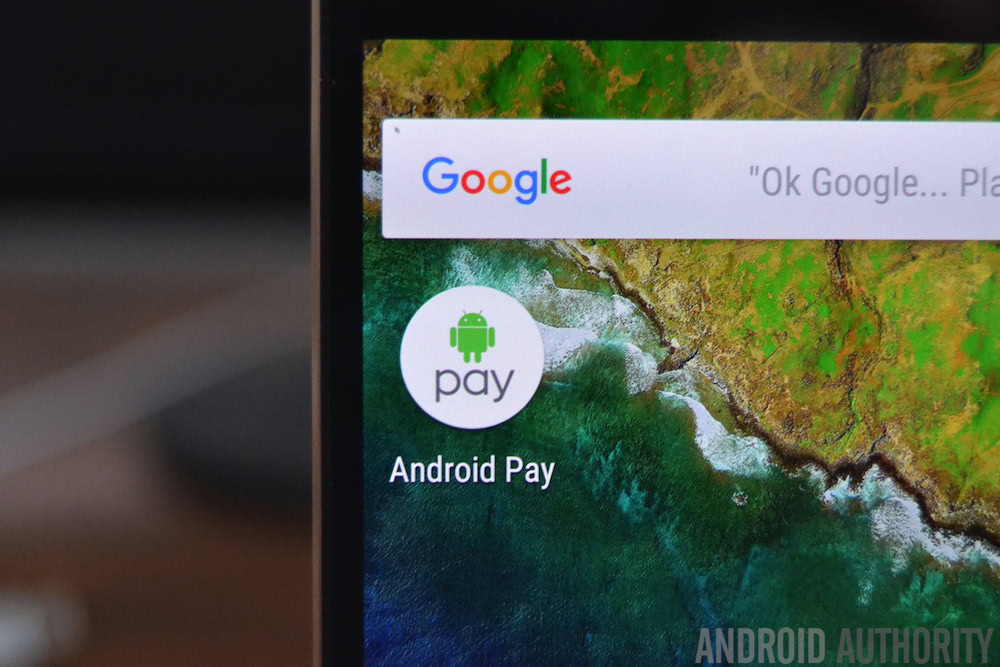
2015 was a big year for mobile payments. We saw the launch of Android Pay, Samsung Pay and a wider rollout of Apple Pay. Starting off with the first on our list, Google officially launched Android Pay in September 2015. This was the app that was meant to both compete with Apple Pay and replace the longtime pre-installed Google Wallet app on our Android phones. It’s not compatible with a huge amount of banks at the moment, and many major retailers still haven’t integrated the platform into their payment terminals. If you do have a larger bank that supports Android Pay and happen to find a supported retailer, the payment process is generally pretty easy – unlock your phone, hold your device next to the terminal, and you’re all set.
Samsung also launched its own mobile payment service in 2015, called, you guessed it, Samsung Pay. This one is a bit different than Android Pay, as the service works with not only standard NFC-enabled terminals, but it’s also backwards-compatible with legacy terminals. By using the payment system’s “magnetic secure transmission” technology, your phone will be able to make payments by means of a small electromagnetic field that closely resembles that of a credit card swipe. This is particularly handy when you’d like to use your phone to make a payment but the store at which you’re shopping doesn’t accept NFC payments.
There’s also Apple Pay, which is quite similar to Android Pay. They use the same technologies to make payments, though Android Pay can be installed on any device running Android 4.4 KitKat or later, whereas Apple Pay can only be used on newer iPhones.
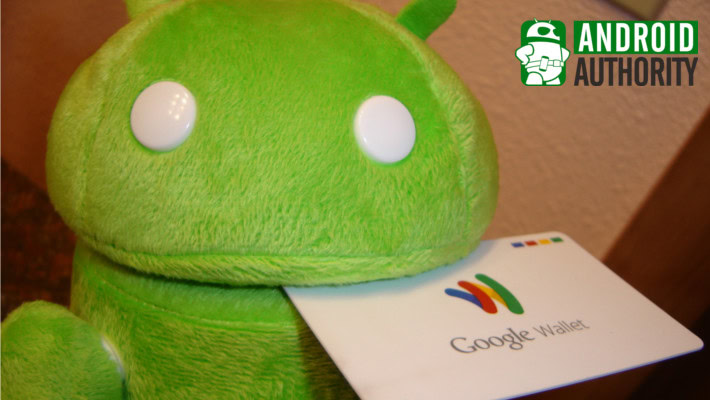
The launch of these three mobile payment services come at a time where mobile payments are, for the most part, still a very new thing to the everyday consumer. It’s not too farfetched to think that a wider rollout of mobile payments will happen in the coming year. Here are a few reasons why paying with our smartphones will grow in popularity.
The last thing I want is to hold up a long line at a store because I can't get my mobile payment to go through
Deals, deals, deals – it won’t be long until we see new and exclusive coupons, discounts and loyalty schemes make their way to mobile payment platforms. We’re already starting to see deals come to Android Pay from Google, such as the Tap 10 promotion that started over the holidays. It’s a good way for Google to get more users on board with Android Pay, and this is definitely not the last time we’ll see users get rewarded for using the platform.
Personally, I’ve been pretty shy about using mobile payments. The last thing I want is to hold up a long line at a store because I can’t get my mobile payment to go through, which is probably the main reason I’ve held back from using it. As more businesses start adopting the payment methods, more places will start to advertise Android/Apple/Samsung Pay as an incentive to visit their stores. Once everyone has their payment terminals upgraded to work with these platforms, users – like me – will feel more comfortable pulling out their phones to pay, instead of having to guess which businesses support the service, and which ones don’t.
It will ultimately be a slow adoption process, and that process will be spearheaded by the younger generation of users.
According to Bryan Yeager, an analyst at eMarketer:
Younger consumers generally have fewer apprehensions when it comes to experimenting with and eventually adopting new technologies. That’s certainly true for mobile payments, where security concerns are more pronounced among older consumers. Ultimately, mobile wallets will need to have a strong track record of security to attract more users across all demographics long-term.
Google, Apple and Samsung are doing their part to make sure these payment methods are safe to use. They’re constantly thinking of more ways to enhance security, like adding new layers of fraud protection such as tokenization, where transactions can be completed without sharing sensitive info like a user’s credit card number or card expiration date. A wider rollout to more banks and retailers is just half the battle – these three companies will need to build trust overtime.
A bigger stress on mobile security
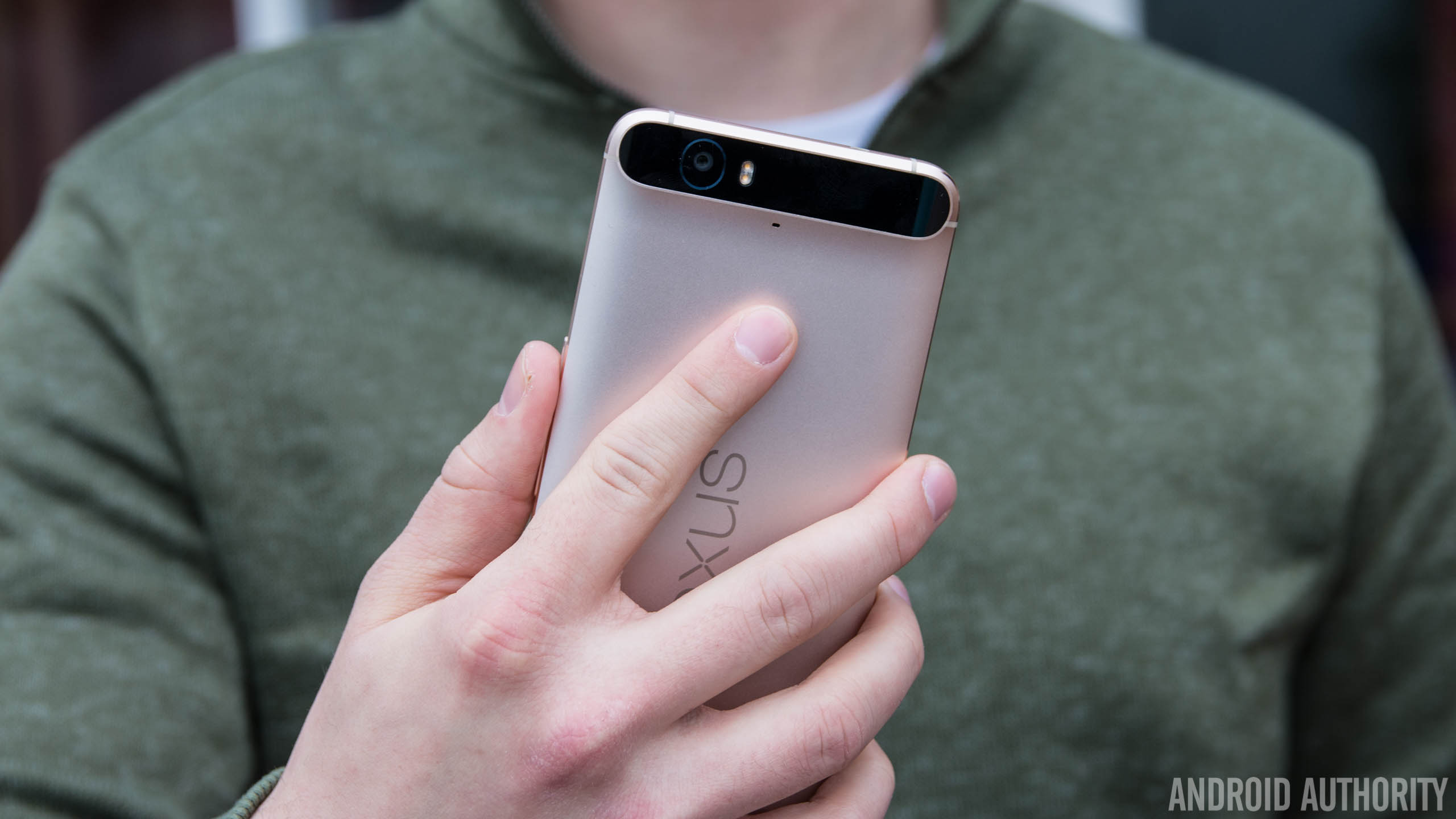
This past year was interesting one for mobile security. Back in July, a team of security experts at Zimperium discovered a potential exploit (nicknamed Stagefright) in Android that would allow hackers to gain access to Android devices by simply sending a malware-laden MMS. Although no users actually fell victim to this exploit, it still caused quite an uproar, as it meant millions of Android users were vulnerable to the attack until the manufacturer of their smartphone sent out a security patch. This proved to be a problem, though, since many Android OEMs have been notorious for not sending out security updates in a timely fashion.
Just about everyone that owned an Android phone – and many folks who didn’t – made a big deal out of the potential harm that could come from an exploit such as this one. Even though no one was ever affected by this exploit, that didn’t matter. What did matter was that Google and OEMs needed to take security more seriously, and they did just that.
Soon after this became a big deal, Google announced that it would commit to pushing out monthly security-focused over-the-air updates to Nexus devices, in addition to regular platform updates. These fixes would also be released to the public through the Android Open Source Project (AOSP). This was certainly good news for Nexus owners, but they weren’t the only Android fans that would get monthly security updates. Soon Samsung, LG, Motorola, and many other OEMs announced that they’d also commit to rolling out security patches each month.
2015 was a year for changes in mobile security, and 2016 will be a year of refinement
2015 was a year for changes in mobile security, and 2016 will be a year of refinement. What we hope to see in the year to come are more timely updates from manufacturers that have promised to roll out regular security patches. Do I think this will happen? Not so much, but I’m remaining hopeful. Aside from the first wave of Stagefright patches, not many manufacturers have kept up on their promises. I hope this changes in 2016.
Other than security patches, we saw a few other consumer-facing advancements on the mobile security front. Google added native fingerprint support to Android 6.0 Marshmallow, allowing for manufacturers to take advantage of a more advanced authentication-based security method. In 2015, mostly all major manufacturers included a fingerprint on their flagship devices – Google, Samsung, LG, OnePlus and a few others. In 2016, we’ll see more manufacturers jump onboard with the fingerprint craze, and we’ll see biometric scanners get even better. Advancements in biometric technologies will not only help consumers access their data faster, it will also put us one step closer to Google’s goal of doing away with passwords altogether.
What are your thoughts? Do you think we’ll see any other major advancements in the consumer tech world? Be sure to speak up in the comments.